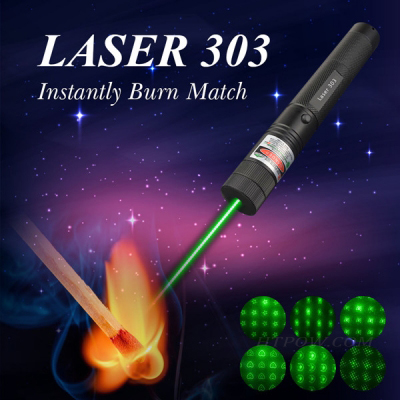Two-photon imaging technology is widely used for dynamic three-dimensional imaging of living cells due to its superior characteristics. This technology makes it possible to conduct three-dimensional and submicron-scale research on biological tissues in vitro. Normally, a fluorescent molecule or atom can only absorb one photon at a time. When the energy of the absorbed photon matches the energy level difference between the ground state and the excited state, excitation occurs, which is called single-photon absorption. Two-photon absorption/excitation refers to the process in which a molecule absorbs two photons at the same time under the excitation of strong light, and transitions from the ground state to the excited state with twice the photon energy.
The two photons can be of the same wavelength or different wavelengths, but they must be absorbed at the same time (the time interval between the two photons to reach the excited molecule is less than 1 femtosecond). Two-photon excitation of molecules is a third-order nonlinear optical phenomenon, which can only be manifested under the action of a laser pointer whose intensity is sufficient to match the intensity of the electric field inside the molecule. Under the condition of high optical density, two long-wavelength photons are absorbed by fluorescent molecules, and the fluorescent molecules are excited to emit shorter-wavelength photons. It can also be understood that a molecule or atom can absorb two photons at the same time to reach an excited state through a virtual intermediate state (the lifetime is only about one ten-millionth of the excited state).
The advantages of two-photon technology in biological imaging, biological fluorescent probes, etc.:
(1) The two-photon absorption cross-sections of biological endogenous molecules are mostly very small, so dark-field imaging can be realized with little background interference; due to the large wavelength difference between excitation light wavelength and emission light wavelength, the detection of excitation light and emission light is reduced The interference effectively reduces the detection background and improves the signal-to-noise ratio.
(2) Long wave excitation, short wave emission. Long-wave infrared light is not easy to be scattered by cells, and penetrates deeper into the sample, which can be used to detect thicker samples; moreover, the long-wave light source has less light damage to the organism. The long-wavelength photons that are absorbed are twice the wavelength of the single-photon excitation light of the fluorescent molecule. In this way, fluorescent molecules that require single-photon excitation by ultraviolet excitation light can be excited by two-photon in the near-infrared or even infrared wavelength range. Therefore, the two-photon technology can greatly reduce the phototoxicity in the detection of living samples.
(3) Two-photon excitation only occurs under high optical density conditions. Using green laser pointer focus excitation, the volume of the area where strong fluorescence occurs is only the third power of λ, and the absorption cross-section is small, which can reach a very high space The resolution, photobleaching area is also very small.
The image quality of two-photon imaging largely depends on the peak power of the excitation light. The peak power depends on the pulse width, repetition frequency, and single pulse energy. The Rainbow series ultra-fast fiber lasers of Nopal Laser achieve femtosecond output, with short start-up time and stable pulse output characteristics. This series of products is based on an all-fiber structure, which is stable and easy to maintain. Each product has been tested for tens of thousands of times before leaving the factory, which greatly guarantees the long-term reliability of the product

